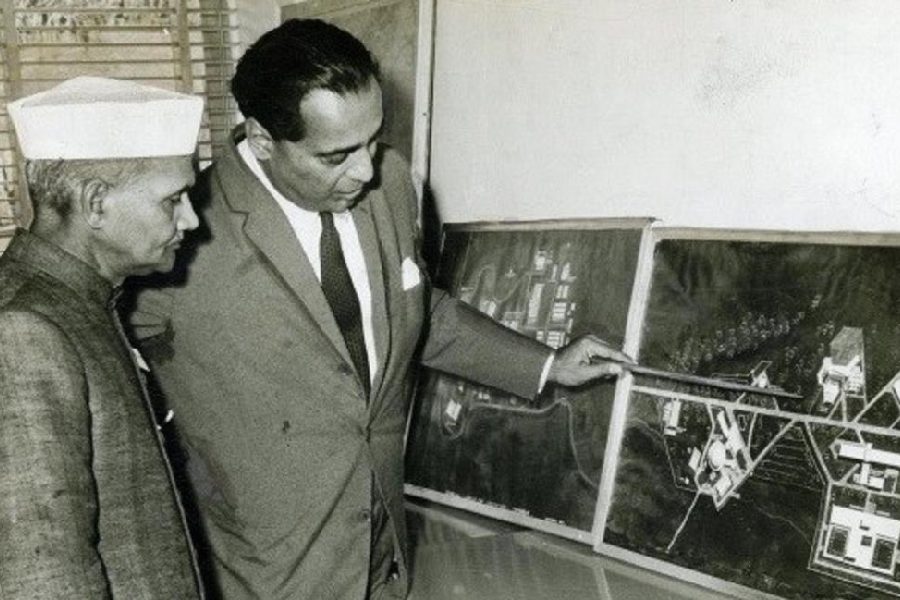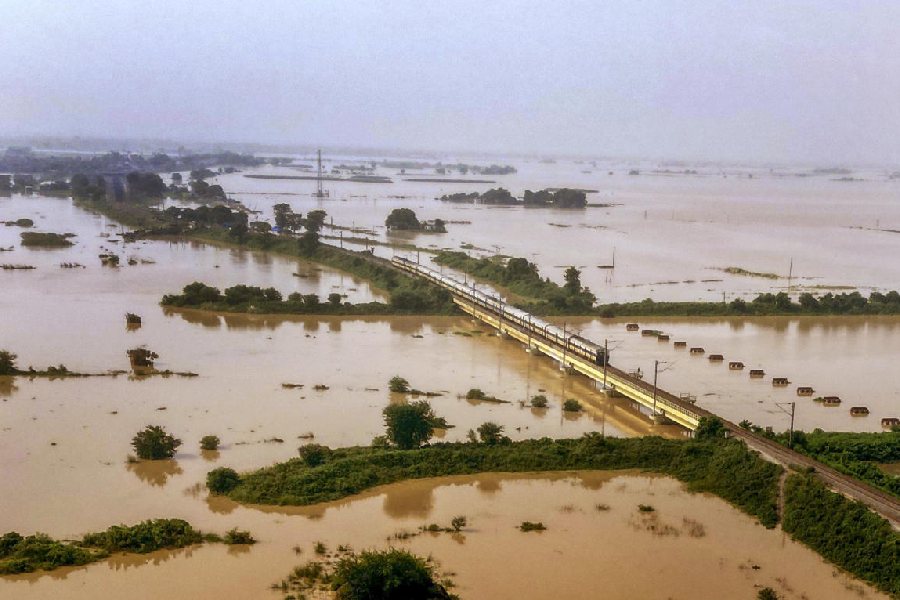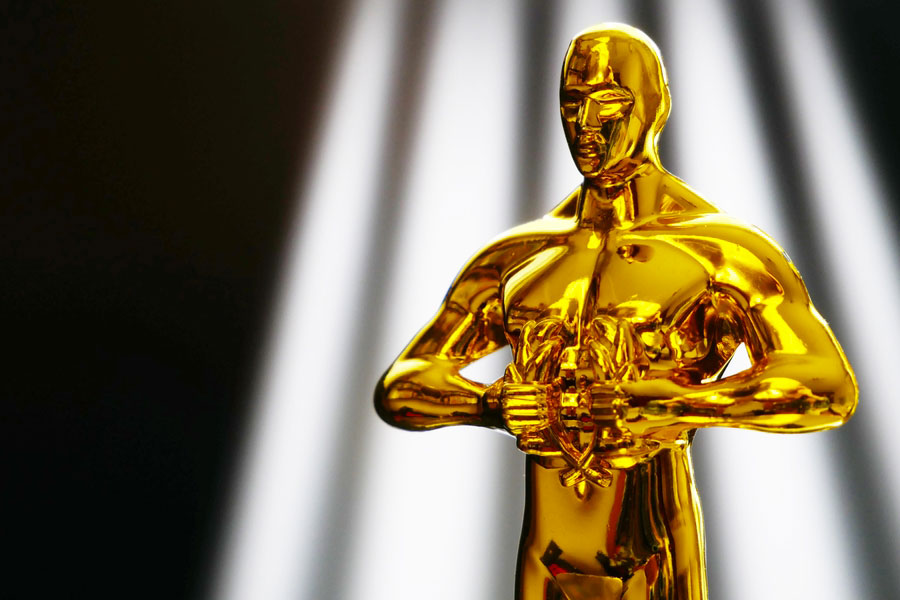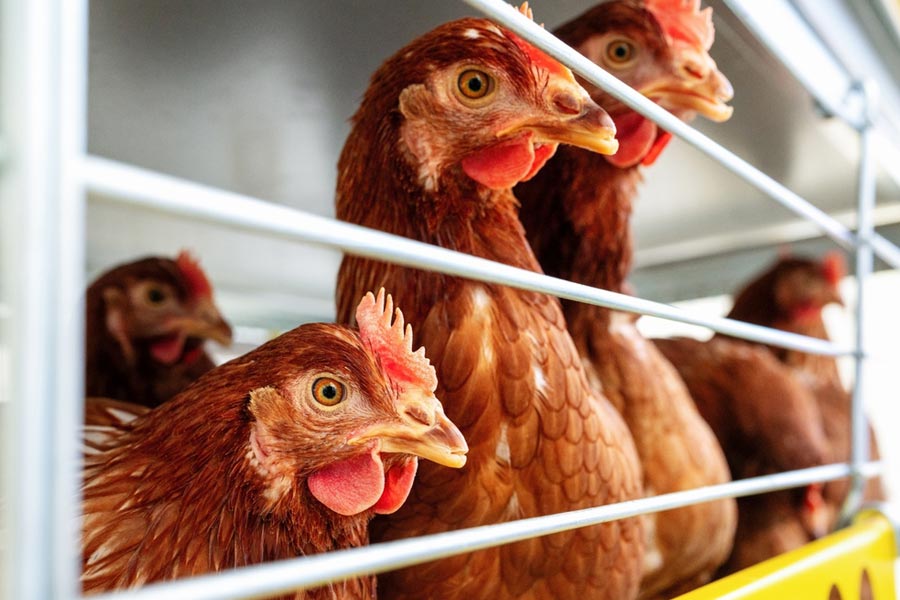Book: Homi J. Bhabha: A Life
Author: Bakhtiar K. Dadabhoy
Published by: Rupa
Price: ₹995
In 1927, when eighteen-year-old Homi Jehangir Bhabha enrolled with the Gonville & Caius College, Cambridge University, for a BA in mechanical engineering, both his father and uncle nursed the prospect of his joining the house of Tatas following the completion of his course and his subsequent return to India. As the author, Bakhtiar K. Dadabhoy, points out in this biography of the acclaimed theoretical physicist, “[i]t was by no means an unrealistic expectation, since a career in the pure sciences held little promise, at least in the colonies.” In colonial India, as Dadabhoy observes, “Engineering was the more pragmatic choice, and the steel works at Jamshedpur beckoned, but Bhabha had other plans.” In less than a year’s time, following his arrival at Cambridge, Bhabha’s correspondence affirmed his clear preference for theoretical physics to mechanical engineering. In fact, in a letter dated August 2, 1928, he expressed his deep conviction in pursuing a career in physics and astrophysics: “I am doing engineering now, but it is not very interesting[…] However, I am determined to do physics and astrophysics eventually. Nothing will stop me.” A few days later, he reiterated his impassioned plea to his father: “I seriously say to you that business or a job as an engineer is not the thing for me. It is totally foreign to my nature and radically opposed to my temperament and opinions. Physics is my line[…] I am burning with a desire to do physics[…] I therefore, earnestly implore you to let me do physics.”
Anecdotes like these abound in Dadabhoy’s meticulously researched biography as he painstakingly explores multiple, erstwhile neglected, facets of the scientist’s unique personality. Bhabha’s versatility comes alive in Dadabhoy’s lucid narration of his unique life-story. As he reiterates at the start of the book: “The story of his life also provides a good vehicle for telling the story of Indian science and of the foundations of India’s atomic energy programme.” Apart from the engaging perspicuity of his prose, Dadabhoy puts in extra effort to incisively reconstruct the background of the then scientific world — during and before the time of Homi Bhabha. Such an arduous exploration unfolds a host of interesting anecdotes pertaining to the luminaries in the world of science: Mahendra Lal Sircar, Father Eugene Lafont, Jagadish Chandra Bose, Ram Chandra Dutta, Pramatha Nath Bose, Sir Ashutosh Mookerjee, C.V. Raman, Meghnad Saha, S.N. Bose and Shanti Swarup Bhatnagar, to name a few. The close associations and rivalries among some of these august personalities testify to the passion and the commitment of these scientists in pursuit of their causes. Along with the Indian scientists, Dadabhoy also scrupulously reconstructs Bhabha’s research engagement in the West. In this context, readers are bound to be engaged with intricate tales of his association with leading theorists like Ralph Howard Fowler, Enrico Fermi, Otto Robert Frisch and Hendrik Casimir, among several other pioneering researchers of the time.
Broadly divided into three distinct parts — “Scientist as Researcher”, “Scientist as Institution-Builder” and “Scientist as Administrator” — the volume is a monumental study in reconstructing the multifaceted personality of Bhabha. Largely remembered for his outstanding research on the cosmic radiation theory that earned him nominations for the Nobel Prize, Bhabha is regarded as the “father of the Indian nuclear programme”. As one of the foremost scientists of the country, he is also revered for his pioneering feats like the establishment of the Tata Institute of Fundamental Research and the Atomic Energy Establishment (renamed Bhabha Atomic Research Centre in his honour). With the unwavering support of political leaders like Jawaharlal Nehru, Bhabha’s scientific credentials bore fruit in independent India accelerating research in numerous allied fields like space science, radio astronomy, microbiology and electronics.
Apart from the detailed chronicling of Bhabha’s scientific and technological accomplishments, the intrinsic appeal of this biography has been enhanced through Dadabhoy’s ability to draw the readers’ attention to the rather lesser-known aspects of the physicist’s life: Bhabha’s Parsi lineage; his brilliance as an artist coupled with his prolific knowledge of classical European painters; his fascination with cosmopolitan aesthetics which culminated in TIFR’s astounding collection of paintings and sculptures; his profound interest in Western classical, Hindustani and Carnatic music and, finally, his intimacy with the world of nature.
This wonderfully researched volume is an imperative reading for our times, especially as a spectacular tribute to one of India’s outstanding scientists and science administrators.











